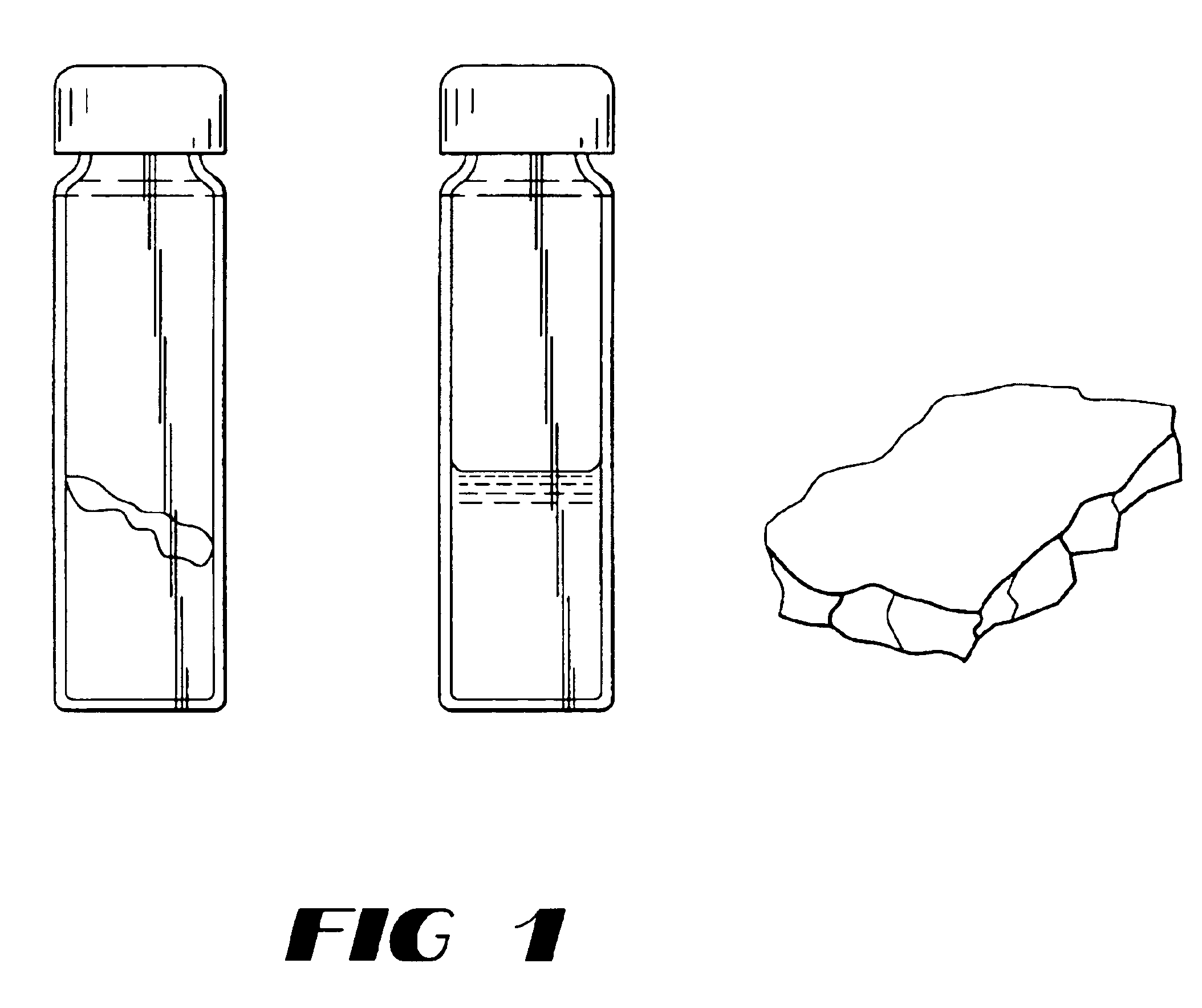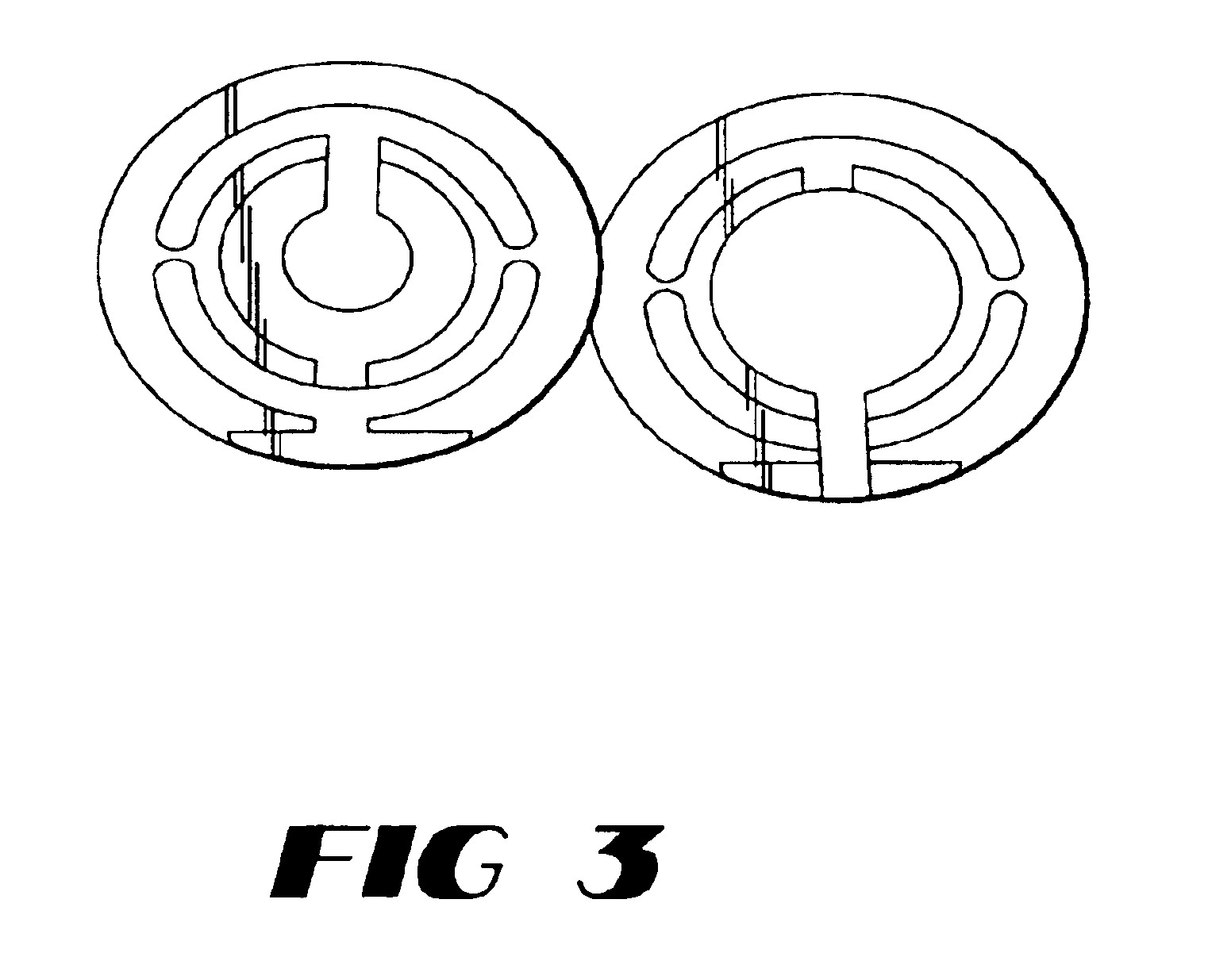Use of Acacia Gum to isolate and preserve biological material
a technology of acacia gum and biological material, which is applied in the direction of biocide, plant/algae/fungi/lichens, plant/algae/fungi/lichens ingredients, etc., can solve the problems of structural damage to biological tissues, damage to specimen integrity, and destruction of the overall quality of specimens, so as to maintain the integrity and viability of biological specimens
- Summary
- Abstract
- Description
- Claims
- Application Information
AI Technical Summary
Benefits of technology
Problems solved by technology
Method used
Image
Examples
Embodiment Construction
[0042]The present invention, generally described, provides compositions and methods for the preservation of biological samples. The compositions comprise Acacia Gum, including derivations and modifications thereof which are useful as a reversible preservation solution. Acacia Gum is a complex and highly branched carbohydrate polymer. The central core or nucleus is D-galactose and D-glucuronic acid, to which are attached sugars such as L-arabinose, L-rhamnose, and the like. Acacia Gum is available as thin flakes, powder, granules, or angular fragments which are completely soluble in hot and cold water.
[0043]Acacia Gum is a natural exudate or sap obtained from any of several plants belonging to the genus Acacia. Acacia Senegal and Acacia Seyal trees are the most commercially exploited species. Acacia Gum typically refers to the gum harvested from Acacia Senegal trees. Acacia plants are leguminous shrubs and trees that grow in warm regions, such as the Republic of the Sudan and the Upp...
PUM
| Property | Measurement | Unit |
|---|---|---|
| pH | aaaaa | aaaaa |
| electron microscopy | aaaaa | aaaaa |
| freezing temperatures | aaaaa | aaaaa |
Abstract
Description
Claims
Application Information
 Login to View More
Login to View More - R&D
- Intellectual Property
- Life Sciences
- Materials
- Tech Scout
- Unparalleled Data Quality
- Higher Quality Content
- 60% Fewer Hallucinations
Browse by: Latest US Patents, China's latest patents, Technical Efficacy Thesaurus, Application Domain, Technology Topic, Popular Technical Reports.
© 2025 PatSnap. All rights reserved.Legal|Privacy policy|Modern Slavery Act Transparency Statement|Sitemap|About US| Contact US: help@patsnap.com



